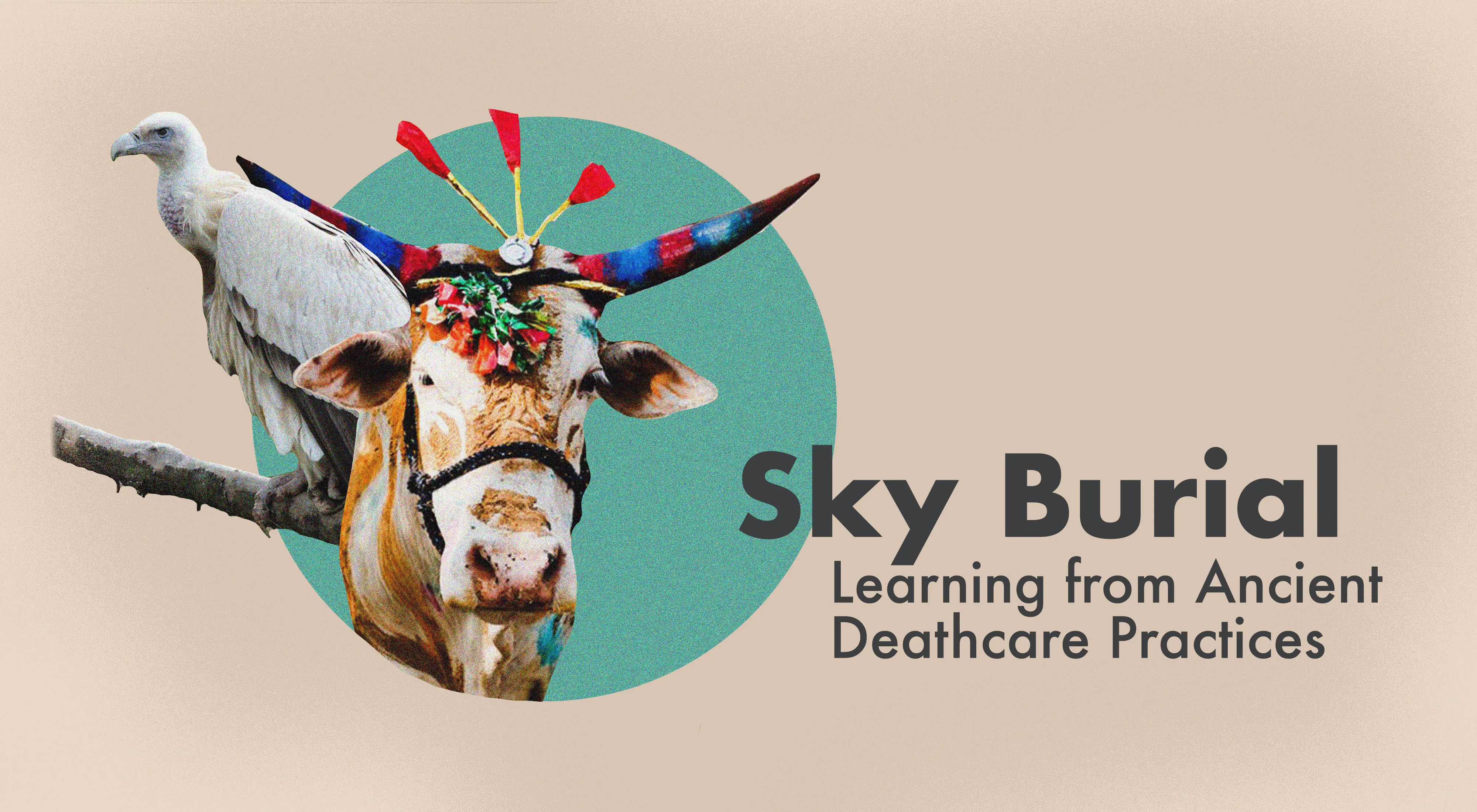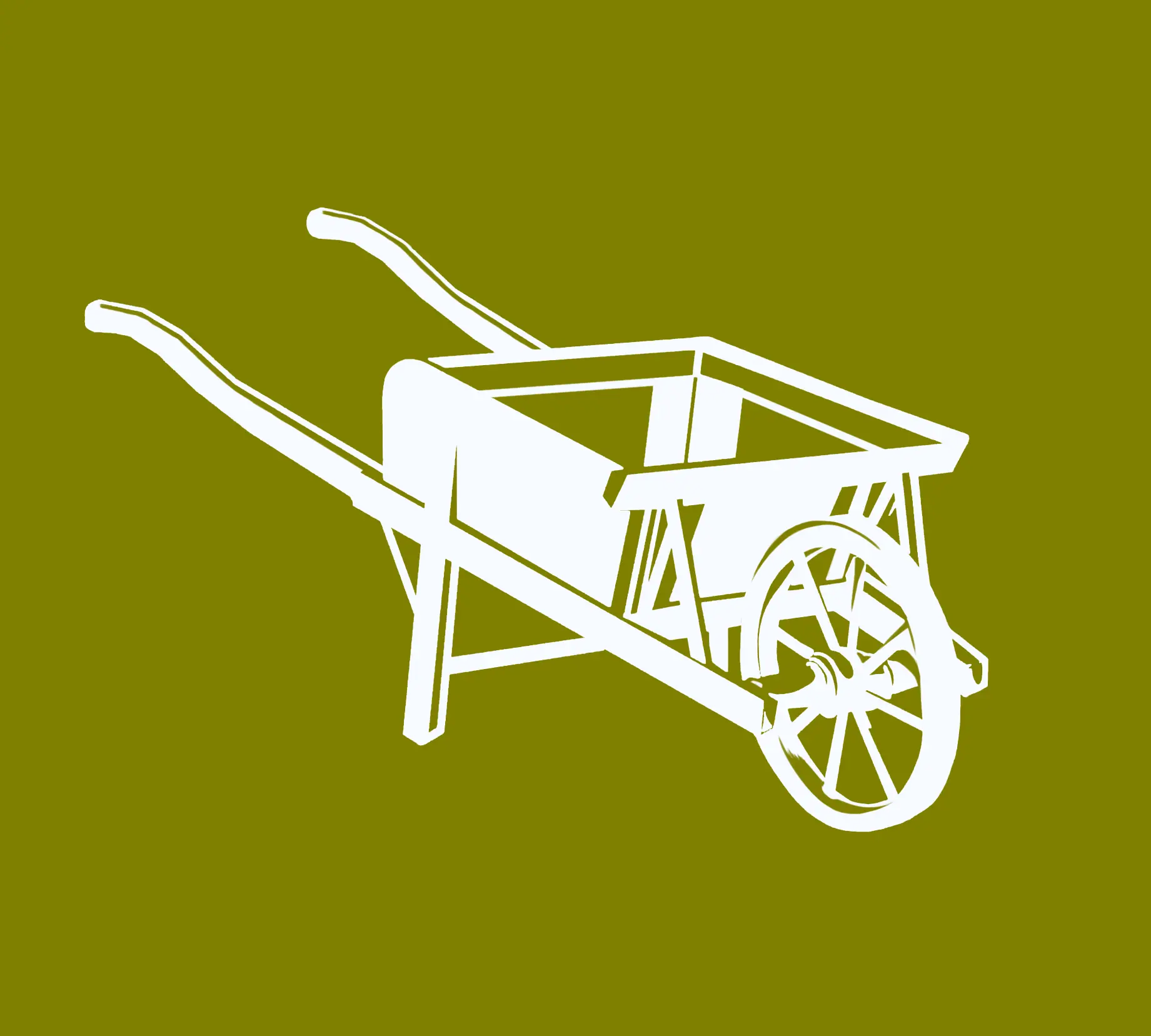As discussed in Part I of our Sky Burial discussion, the ancient practice of sky burial, also known as celestial burial, is observed in various parts of the world today. Embodied by Zoroastrians and Tibetan Buddhists in regions like India, Bhutan, Mongolia, and China, this sacred ritual involves placing the departed on elevated sites where vultures and other scavenging birds consume the remains. Seen as an act of charity and respect for the natural cycle of life and death, sky burial holds deep spiritual significance. In the realms of Tibetan Buddhism and Zoroastrianism, the body is regarded as a mere vessel while the soul embarks on its journey to the afterlife. The act of giving one's body back to nature through sky burial is viewed as a gift, symbolizing respect for the sacred cycles of existence. Vultures, considered sacred carriers of the soul, play an integral role in this transcendent passage, forging a profound connection between the ritual and the spiritual realms. By embracing this ancient tradition, communities honor their departed loved ones while minimizing their ecological impact. It serves as a niche example of a sustainable and environmentally friendly alternative.
However, the convergence of reverence in Hinduism for sacred cows and the use of veterinary medication for their care on vulture populations historically created a complex layer to the preservation of this time-honored tradition and the delicate ecological balance.
In Hindu dominated areas of the world, cows are cared for well into their elder years. As they age, veterinarians would often administer pain killers to relieve ailments in the elderly cattle. The administration of veterinary medications, particularly non-steroidal anti-inflammatory drugs (NSAIDs) such as diclofenac, inadvertently sets off a chain of ecological repercussions. When vultures feed on the carcasses of medicated livestock, they face toxic effects, leading to kidney failure and devastating consequences for these majestic scavengers. This unforeseen connection highlights the urgent need for sustainable solutions that preserve both cultural practices and the delicate balance of the natural world.
Within this intricate landscape, the convergence of sacred cows and the decline of vultures poses a captivating challenge. Sacred cows hold immense reverence in various cultures, symbolizing a profound respect for life and abundance. The compassionate care extended to these gentle beings often involves the use of veterinary medications, intended to alleviate their suffering. However, life reveals the unintended consequences of our actions, with vultures, the custodians of the sky burial ritual, bearing the brunt of this unintended harm.
The exponential growth of urban populations and the prevalent use NSAIDS across South Asia and the Middle East decimated the indigenous vulture population by a staggering 97%. The collateral effect on sky burial practices has necessitated adaptations. Solar cremation has emerged as a substitute, allowing communities to preserve their ancestral customs while addressing the urgent need for vulture conservation. Concurrently, concerted efforts are being made by religious authorities to repopulate these endangered avian species.
Preserving the delicate interplay between cultural traditions, care for pets, and other domesticated animals, and environmental conservation demands ingenuity, collaboration, and unwavering dedication. Enlightening communities about the ecological impact of bovine medications on vultures becomes crucial. By fostering understanding and promoting vulture-safe alternatives like meloxicam, the gap the Himalayan Vulture population collapse was prevented. The case stands as a testament to the cascading effects that human intervention can have on conservation.

